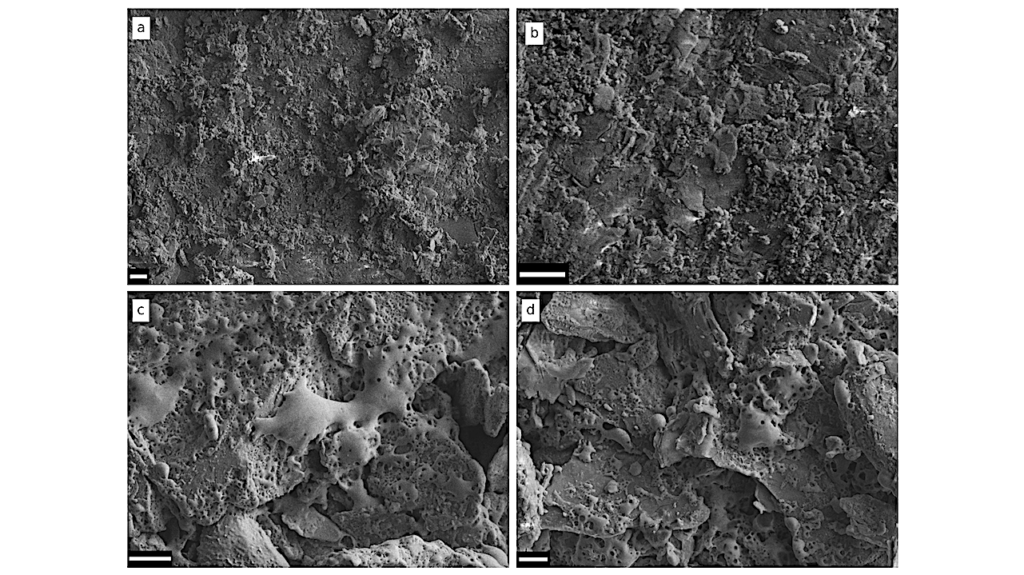Complex Organic Molecules In Low-mass Protostars On Solar System Scales I. Oxygen-bearing Species

Complex organic molecules (COMs) are thought to form on icy dust grains in the earliest phase of star formation. The evolution of these COMs from the youngest Class 0/I protostellar phases toward the more evolved Class II phase is still not fully understood.
Since planet formation seems to start early, and mature disks are too cold for characteristic COM emission lines, studying the inventory of COMs on solar system scales in the Class 0/I stage is relevant. ALMA Band 3 (3 mm) and Band 6 (1 mm) observations are obtained of seven Class 0 protostars in the Perseus and Serpens star-forming regions. By modeling the inner protostellar region using ‘LTE’ models, the excitation temperature and column densities are determined for several O-bearing COMs. B1-c, B1-bS, and Serpens S68N show COM emission, i.e, three out of the seven sources.
No clear correlation seems to exist between the occurrence of COMs and source luminosity. The abundances of several COMs with respect to CH3OH are remarkably similar for the three COM-rich sources, and to IRAS 16293-2422B and HH 212. For other COMs the abundances differ by up to an order of magnitude, indicating that local source conditions are case determining. B1-c hosts a cold (Tex≈60 K), more extended component of COM emission with a column density of typically a few % of the warm/hot (Tex∼200 K), central component. A D/H ratio of 1-3 % is derived based on the CH2DOH/CH3OH ratio suggesting a temperature of ∼15~K during the formation of methanol. This ratio is consistent with other low-mass protostars. Future mid-infrared facilities such as JWST/MIRI will be essential to directly observe COM ices. Combining this with a larger sample of COM-rich sources with ALMA will allow for directly linking ice and gas-phase abundances in order to constrain the routes that produce and maintain chemical complexity during the star formation process.
M. L. van Gelder, B. Tabone, Ł. Tychoniec, E. F. van Dishoeck, H. Beuther, A. C. A. Boogert, A. Caratti o Garatti, P. D. Klaassen, H. Linnartz, H. S. P. Müller, V. Taquet
Comments: Accepted to A&A, 44 pages, 17 figures
Subjects: Solar and Stellar Astrophysics (astro-ph.SR); Astrophysics of Galaxies (astro-ph.GA)
Cite as: arXiv:2005.06784 [astro-ph.SR] (or arXiv:2005.06784v1 [astro-ph.SR] for this version)
Submission history
From: Martijn van Gelder
[v1] Thu, 14 May 2020 07:56:28 UTC (9,609 KB)
https://arxiv.org/abs/2005.06784
Astrobiology, Astrochemistry








